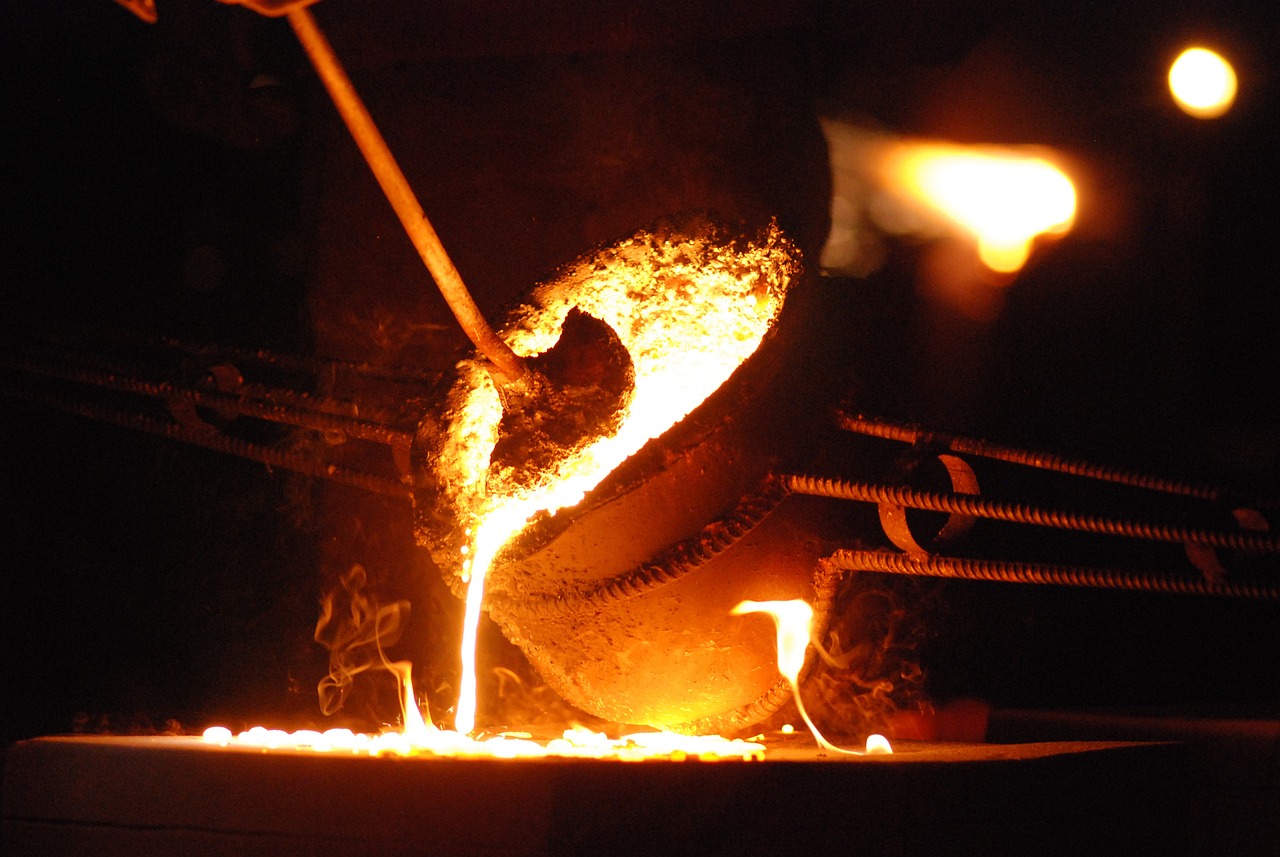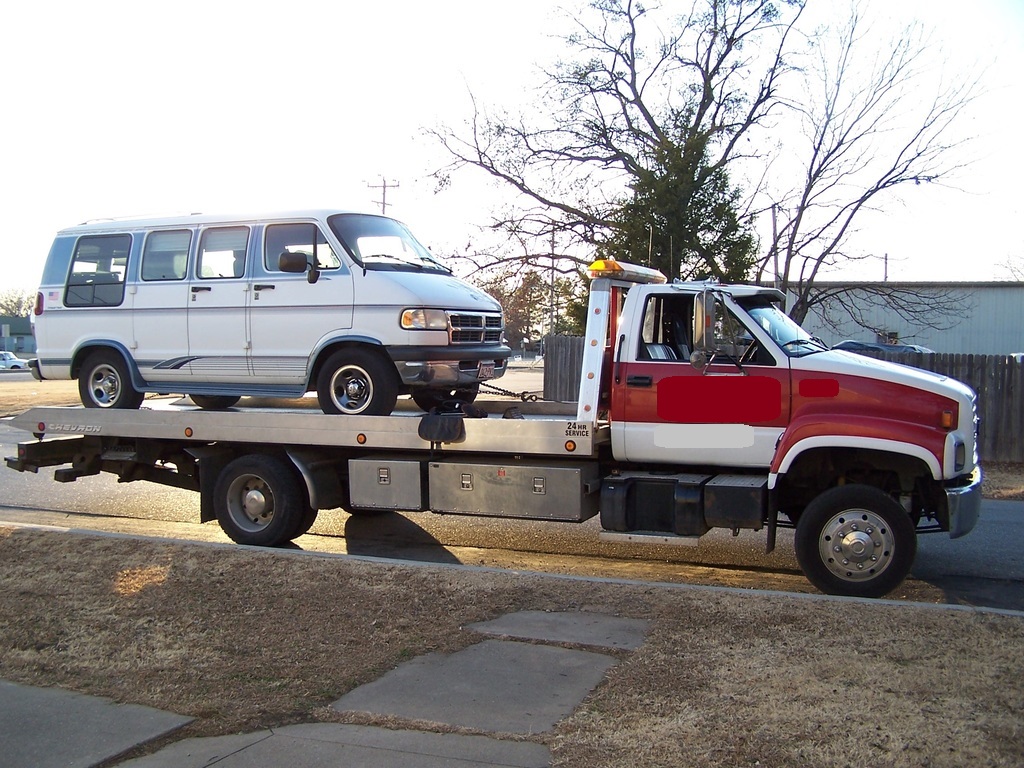When keeping your Ford Territory running smoothly, a few components are as crucial as the alternator. This unsung hero works tirelessly behind the scenes, converting mechanical energy into electrical power to keep everything from your headlights to your sound system buzzing with life. But not all alternators are created equal! Whether you’re a seasoned mechanic or a DIY enthusiast looking to tackle some repairs, choosing the right Ford Territory Alternator can make all the difference in performance and longevity. Another essential factor to consider is brand reputation and quality.
Understanding the Role of Alternator Ford Territory
The alternator is an essential component of any vehicle’s charging system and plays a crucial role in keeping your Ford Territory running smoothly. It is responsible for converting mechanical energy into electrical energy, which powers the various electrical systems of your car. Without a functioning alternator, your car’s battery will eventually drain and cause your vehicle to break down.
In a Ford Territory, the alternator charges the battery and powers all the electronic features such as headlights, radio, air conditioning, and navigation system. This makes it one of the most critical parts of your vehicle’s operation. Therefore, understanding its role and importance is vital for maintaining a well-functioning Ford Territory.
One of the primary functions of an alternator Ford territory is to keep the battery charged while driving. When you start your car, it relies on power from the battery. However, as you drive, the alternator takes over and supplies electricity to keep the engine running and recharging the battery. In this way, it ensures enough power for all electrical components to function correctly throughout your journey.
How Does the alternator for ford territory Work
The alternator is an essential vehicle component, including the Ford Territory. Its primary function is to convert mechanical energy from the engine into electrical energy to power various systems and components in the car. Without a functioning alternator, your vehicle’s battery will quickly drain, leaving you stranded on the side of the road.
But how exactly does the alternator in a Ford Territory work? Let’s examine its inner workings and understand its role in keeping your car running smoothly.
Firstly, it’s important to note that the alternator for Ford territory works hand in hand with the battery. While the battery provides initial power to start the engine, it is primarily responsible for storing and supplying electricity to various components when needed. The alternator then takes over once the car is running and ensures a continuous flow of electricity to keep everything functioning correctly.
An alternator has four main parts: a rotor, stator, diode rectifier, and voltage regulator. The rotor consists of wires wrapped around an iron core and spins inside a fixed set of coils called stators. As it rotates at high speeds driven by a belt connected to the engine crankshaft, it generates an electromagnetic field within these coils.
This rotating magnetic field induces an electric current in the stators through electromagnetic induction. This current flows through three phases or sets of windings within each stator that are evenly spaced apart. It produces alternating current (AC), which must be converted into direct current (DC) for efficient use in your car’s electrical system.
Signs of a Failing Ford Territory Alternator Replacement
When maintaining your vehicle’s alternator, knowing the warning signs of a failing unit is essential. This is especially crucial for Ford Territory owners, as a faulty alternator can cause various issues and even lead to breakdowns on the road. Some common signs may indicate the need for a Ford Territory alternator replacement.
1. Dimming or Flickering Lights
One of the most noticeable signs of a failing alternator is dimming or flickering lights. The alternator is responsible for providing power to all electrical components in your vehicle, including the headlights, interior lights, and dashboard lights. If you notice that these lights are not as bright as they used to be or flicker while driving, it could be a sign that your alternator is struggling to provide enough power.
2. Strange Noises
A healthy alternator should operate silently in the background. However, if you hear any strange noises from under your hood, such as grinding or whining sounds, it could indicate that something is wrong with the alternator. These noises could be caused by loose bearings or other internal components that have become worn out over time.
3. Battery Warning Light
Most modern vehicles have a battery warning light on their dashboard that will illuminate when there is an issue with the charging system. If this light comes on while driving, it could mean that your alternator is not functioning correctly and cannot keep up with supplying power to the battery
How to Install a New Ford Alternator?
Installing a new alternator in your Ford Territory may seem daunting, but it can be a relatively simple process with the right tools and instructions. Here are the steps you need to follow to install a new Ford alternator successfully:
Step 1: Gather Materials
Before starting the installation process, ensure you have all the necessary materials. This includes a new alternator (make sure it is compatible with your Ford Territory), socket wrenches, screwdrivers, and any other tools that may be needed.
Step 2: Disconnect Battery
To ensure safety during installation, disconnect your car’s battery by removing the negative cable from the terminal. This will prevent any accidental electrical shocks while working on the alternator.
Step 3: Remove the Old Alternator
Locate your old alternator under the hood of your car and use a socket wrench to loosen the bolts connecting it to your engine. Once loosened, remove all bolts and carefully remove the old alternator from its mounting bracket.
Step 4: Install New Alternator
Place the new alternator onto its mounting bracket and secure it with bolts. Make sure they are tightened properly but not overtightened, as this can damage the threads.
Step 5: Reconnect Wiring
Reconnect any wiring or connectors disconnected from the old alternator onto their corresponding terminals on the new one. Double-check to ensure everything is connected securely.
Step 6: Reconnect Battery
After completing all necessary connections, reconnect your car’s battery by attaching the negative cable to its terminal.
Step 7: Test Alternator
Start your car and let it run for a few minutes to test if your new alternator is functioning properly. If there are no issues or warning lights on your dashboard, you have successfully installed a new Ford alternator.
Choosing the Right Replacement Alternator Ford Territory
When it comes to replacing the alternator on your Ford Territory, choosing the right one is crucial for ensuring optimal performance and longevity of your vehicle. With so many options available in the market, it can be overwhelming to make the right choice. This section will discuss some important factors to consider when selecting a replacement alternator Ford Territory.
1. Compatibility:
The first and most crucial factor to consider is compatibility. You need to ensure that the alternator you choose is compatible with your specific model and year of Ford Territory. This includes checking the alternator’s voltage, amperage, and mounting location. Installing an incompatible alternator can lead to issues such as electrical system failures or damage to other components.
2. Quality:
Like with any car part, quality matters when it comes to replacing alternators for your Ford Territory. For better reliability and performance, it is recommended to choose an OEM (original equipment manufacturer) or high-quality aftermarket brand. While they may be more expensive than cheaper alternatives, they are worth the investment in the long run.
3. Amperage Output:
The amperage output of an alternator determines how much power it can supply to your vehicle’s electrical system at a given time. Selecting an alternator with sufficient amperage output for your specific needs is essential based on additional accessories like stereo systems or off-road lights that draw power from the battery.
Maintenance Tips for Your Ford Alternator
Maintaining your Ford alternator is crucial for your vehicle’s overall performance and longevity. It is responsible for charging the battery and powering all electrical components while the engine runs. A well-maintained alternator can significantly improve the efficiency of your Ford Territory and prevent unexpected breakdowns or costly repairs. Here are some essential maintenance tips for your Ford alternator.
1. Regular Inspections:
The first step in maintaining your Ford alternator is to conduct regular inspections. Look for signs of wear or damage, such as frayed belts or loose connections. It’s also important to check the voltage output with a voltmeter to ensure it is within the recommended range.
2. Keep it Clean:
Dirt, dust, and debris can accumulate on the alternator’s surface, affecting its performance. Regularly use a clean cloth or brush to remove any buildup from the exterior.
3. Check Belts:
The belt that drives the alternator needs to be inspected periodically for wear and tear. If you notice any cracks, tears, or excessive slackness, it’s time for a replacement.
4. Monitor Battery Health:
A faulty battery can strain your alternator, leading to premature failure. Make sure to check your battery regularly and replace it if needed.
5. Avoid Overloading:
An overworked electrical system can cause severe damage to your alternator over time. Avoid excessively using high-powered accessories like audio systems or heated seats, as they draw more power from the battery and put extra stress on the alternator.
Conclusion
Choosing the perfect Ford Territory alternator is crucial for maintaining the performance and reliability of your vehicle. With these tips, you can make an informed decision and ensure that you get a high-quality alternator that meets your specific needs. Following these guidelines will help you find the correct alternator to keep your Ford Territory running smoothly for everyday use or heavy-duty purposes. Please don’t overlook this critical component of your car, and remember to maintain it regularly for optimal functioning.
FAQS
1. What is an alternator, and what does it do in a Ford Territory?
An alternator is an essential component of your Ford Territory’s electrical system. It converts mechanical energy into electrical energy to power the vehicle’s various systems, such as the lights, radio, and air conditioning.
2. How can I tell if my Ford Territory alternator needs to be replaced?
A few signs may indicate an issue with your Ford Territory alternator. These include dimming or flickering headlights, a dead battery despite being recently charged, strange odours or noises from the engine, and warning lights appearing on the dashboard.
3. Can I replace my Ford alternator myself?
Replacing an alternator can be a complex task and requires some technical knowledge. If you have experience working on cars and access to proper tools, you may be able to replace it yourself. However, for those without experience or knowledge in this area, it is recommended that you seek professional help.
4. How often should I get my Ford alternator checked?
It is recommended to have your alternator checked at every routine maintenance appointment or whenever you notice any warning signs of an issue.
5. What factors should I consider when choosing a new alternator for my Ford Territory?
When choosing a new alternator for your Ford Territory, several factors should be considered: compatibility with your vehicle’s make and model, brand reputation and reliability, warranty coverage offered by the manufacturer or retailer, price point vs. budget constraints, and any extra features that may enhance performance.
6. Can I use aftermarket parts instead of OEM (Original Equipment Manufacturer) for the alternator replacement in my Ford Territory?
Aftermarket parts are produced by third-party manufacturers instead of the original carmaker. While these parts may offer cost savings over OEM alternatives, they may not always meet the same quality standards and can potentially cause issues with your vehicle. OEM parts are recommended for optimal performance and reliability.
| Related Business Listings |
| Contact Directory |
| Local Business Profiles |




